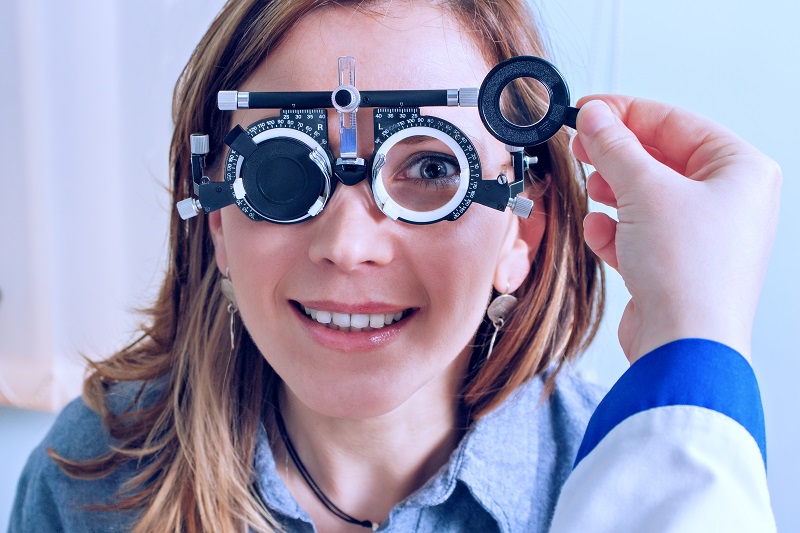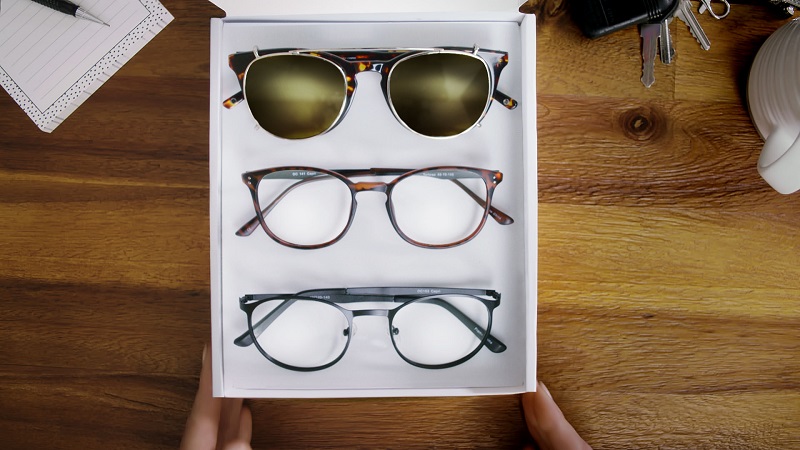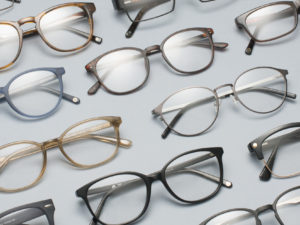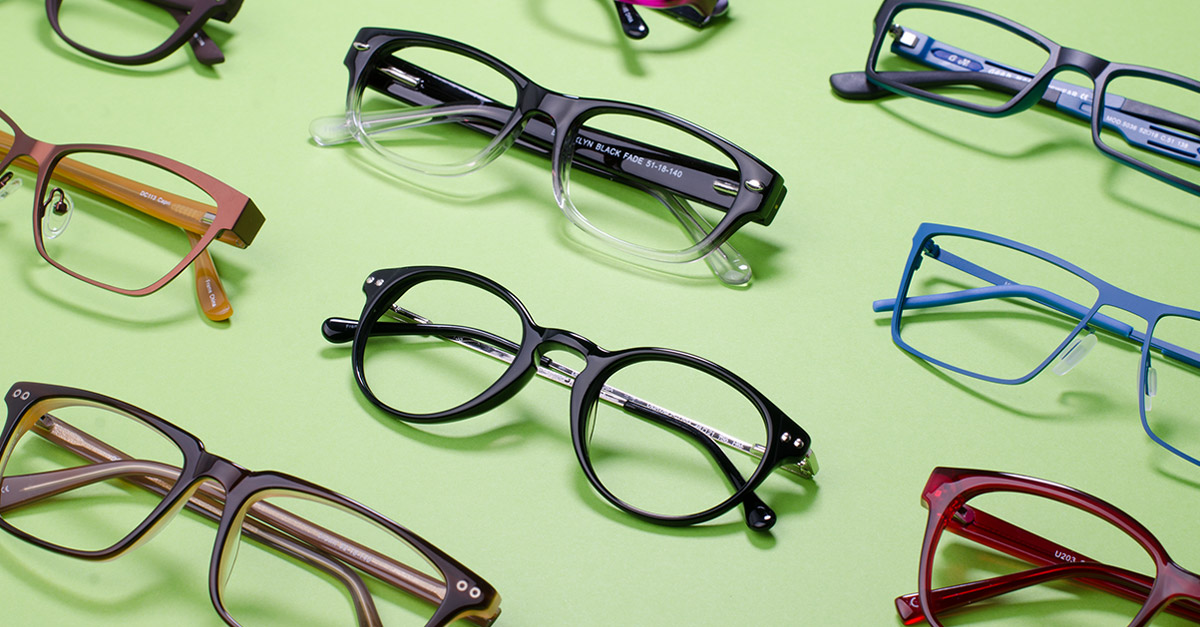Taking care of your vision over 60 isn’t something to be taken lightly. Age-related eye diseases become more common without proper care and attention, and known more about them and common symptoms
can help you take care of your eyes better and even prevent vision loss.
Symptoms of Potential Vision Problems
Here are some of the more common symptoms attributed to eye conditions in people over 60:
● Blurry vision: A condition in which objects appear out of focus. For younger people, if often means it’s time to get prescription eyeglasses, but for people over 60, especially when it comes to sudden blurry vision, it could be an expression of a more serious problem that could lead to vision loss.
● Eye pain: Not to be confused with dry eyes, sudden eye pain can be a sign of glaucoma among people over 60, and requires immediate treatment to prevent vision loss.
● Double vision: A common symptom of many eye conditions, but it can also be a sign of something more urgent like a stroke.
● Loss of central vision: A growing difficulty to recognize faces and perform activities of daily life, as well as straight lines appearing distorted and wavy. It is often a symptom of macular degeneration (more on that later).
● Eye irritation: More often than not, dry eyes related symptoms are more of an inconvenience. However, as you grow older the body produces fewer tears which can lead to severe itching. Over-the-counter or prescription eye drops usually do the trick.
● Dark curtain over the field of vision: When you feel like there’s a dark curtain over part of the field of vision, it may be a retinal detachment. It is most common in people who are in their 60’s or older. It occurs when the retina is separated from the layer underneath, and if not treated immediately, it can lead to permanent vision loss.
Age-Related Eye Diseases
There are the more common eye diseases in people over 60:
● Age-related macular degeneration (AMD): A gradual loss of central vision which makes it difficult to recognize faces, read, drive and perform routine daily activities. It can occur in people over 50 years old but is much more common in the 60+ demographic. There is no cure for vision already lost, but there are treatments to slow progression of AMD. A healthy lifestyle (especially no smoking) helps in prevention of the disease.
● Cataract: A cataract is a decrease in vision due to the clouding of the eye’s lens. It can happen in one or both eyes. Cataracts are the most common cause of blindness. It most commonly occurs due to aging, but diabetes, smoking tobacco, UV radiation, and alcohol are other contributing factors. Eyeglasses and sunglasses as well as avoiding smoking can help in prevention and improvement of symptoms. Surgery, in which the damaged lens is replaced with an artificial one, is the only effective treatment.
● Diabetic retinopathy: Also known as diabetic eye disease, it is a medical condition in which the retina is damaged due to diabetes, and is one of the leading causes of blindness. Diabetic retinopathy affects up to 80% of people who are diabetic for 20 years or more, and most cases can be reduced with proper treatment and monitoring. Treatments include laser surgery, injections of corticosteroids or anti-VEGF agents into the eyes and vitrectomy, in which the cloudy vitreous is replaced with saline solution.

Driving for the 60+ Crowd
Regardless of age-related eye diseases, statistics show older drivers are more likely to be at fault in a traffic accident than a younger driver.
As you grow older, physical strength and mental acuity deteriorate. Along with hearing, reflexes and overall motor skills, your vision declines as you age, which greatly affects your ability to drive and puts yourself, as well as others, at risk.
A few signs that might suggest an elderly person’s driving is impaired include confusion while driving, going well below the speed limit and others showing discomfort while driving with them. Because of poorer vision and slower reactions, older people should be extremely careful at intersections, stop using the phone while driving (which is true at any age) and try to avoid driving at night, especially at unfamiliar places which increases the sense of disorientation.
Taking Care of Your Eyes
Here are a few tips to take better care of your vision past 60:
● Getting regular eye exams: For people in their 60’s, a vision test is more than just an eye chart and a hand over one eye. It includes more examining and can be a tad tedious, but it keeps you and your doctor on top of things, reveals developing eye conditions while it’s still early, as well as knowing if it’s time to switch up your prescription.
● No smoking: As mentioned above, smoking increases the likelihood of developing vision-threatening eye diseases at any age and moreso with elderly people.
● Healthy diet: Avoid sugar, which is associated with many eye conditions that appear at a later age. Eating leafy greens, fruits and vegetables goes a long way in prevention of eye disease and slowing down vision decline among older people.
● Regular exercise: Same as with the diet. People who work out, regardless of age, are healthier, which includes better eyesight. Good vision over 60 shouldn’t be taken for granted, but is well worth the effort it takes to maintain.






